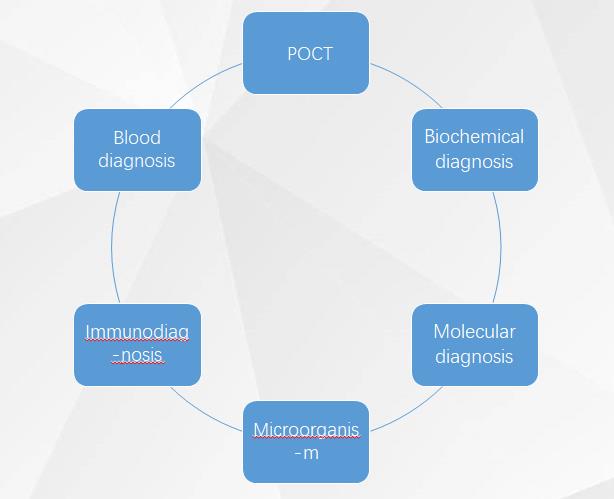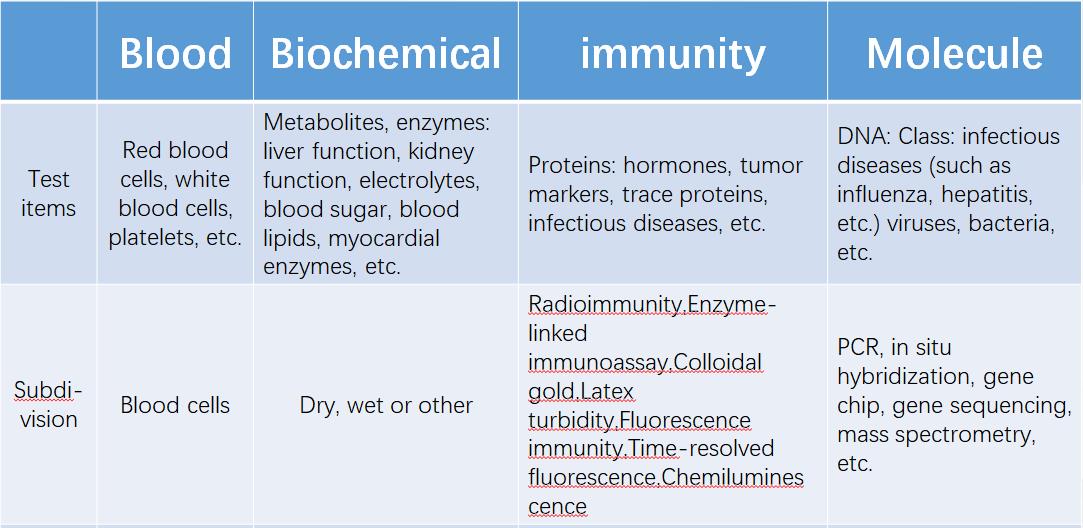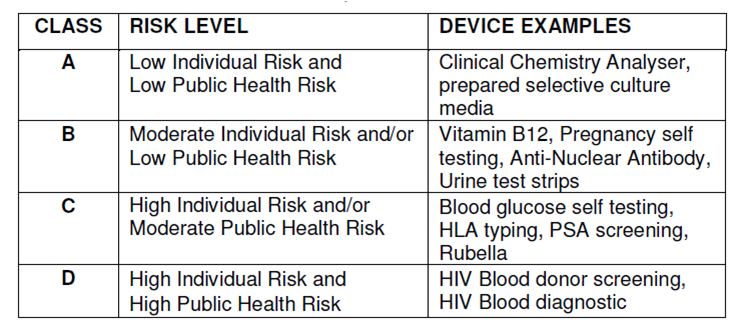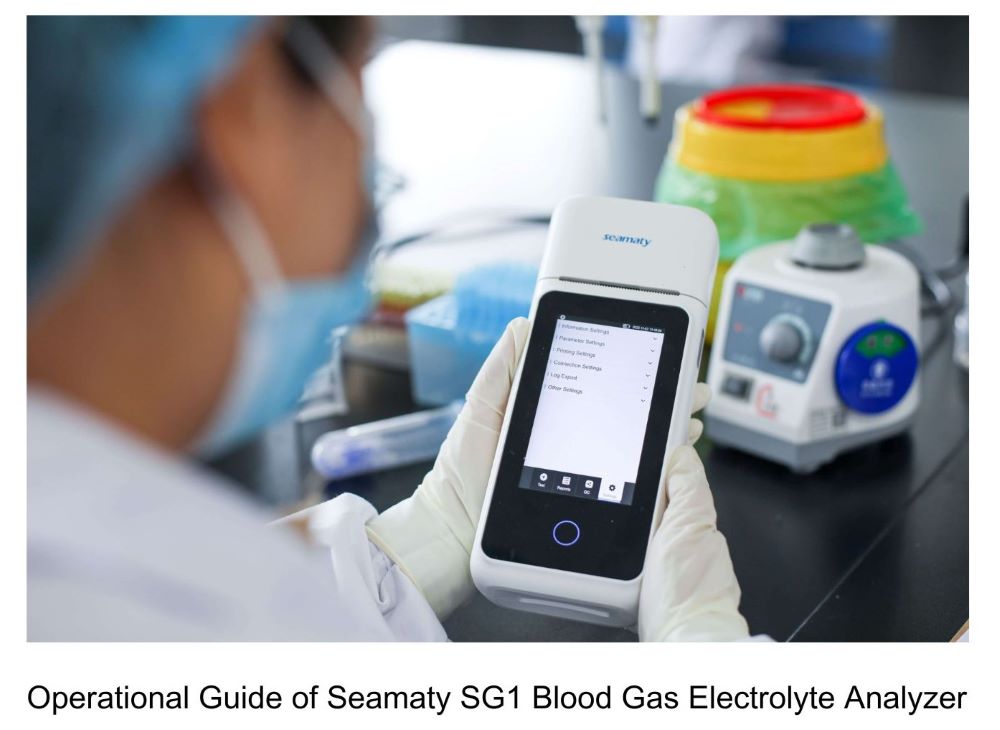release time:2021-07-26 15:11:59
Common in vitro diagnostic devices:
According to the detection category, it can be divided into blood test, biochemical diagnosis, immunodiagnosis, molecular diagnosis, microbiological diagnosis, POCT, etc.


The FDA classifies medical devices (including IVD products) into Class I, Class II, or Class III based on the level of regulatory control required to reasonably ensure safety and effectiveness. The classification of IVD (or other medical devices) determines the appropriate pre-marketing process.


2024-01-12
Discover the Seamaty SG1 Blood Gas Analyzer – your go-to for quick and easy healthcare diagnostics. From its portable design to fast results, this guide takes you from beginner to pro. Learn how to use it anywhere, anytime, and enhance patient care effortlessly!

2021-09-26
A hematocrit analyzer is a device used to perform a complete blood count (CBC) or hemogram. It allows quantitative and qualitative analysis of the elements formed in the blood. Examples include red blood cells, white blood cells and platelets. Blood cell analyzers are mainly used in medical analysis laboratories or hospitals with hematology departments.

2021-09-03
An ordinary pet hospital needs at least one blood biochemistry analyzer, a blood analyzer, an X-ray machine, ventilator, anesthesia machine, and so on. And some instruments, cheap for humans, but very expensive for animals, such as blood pressure instrument, need 10 to 20,000 yuan. And the price of new technology and the latest medical equipment is even higher.